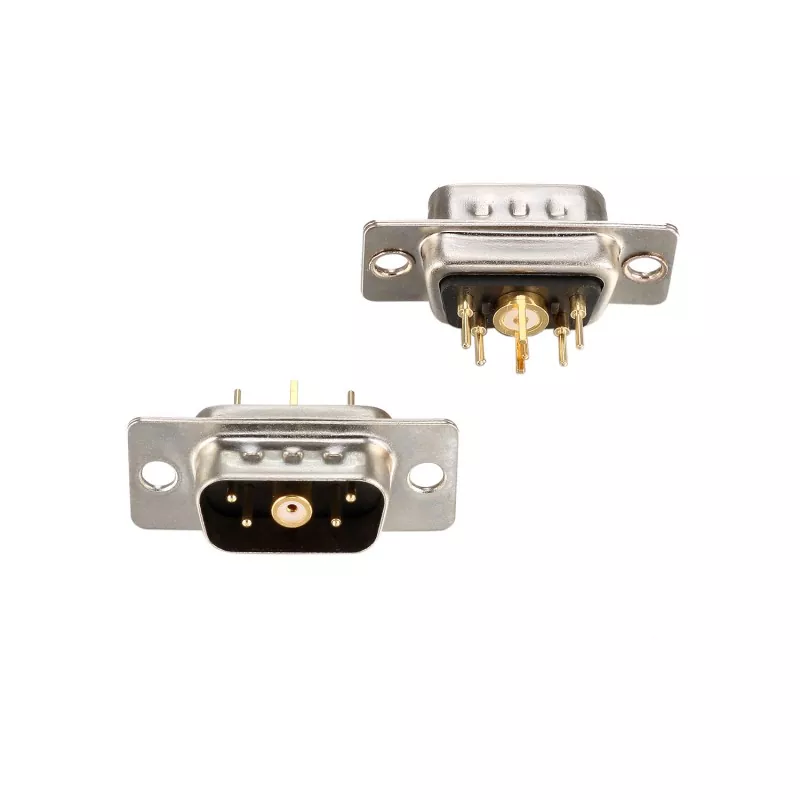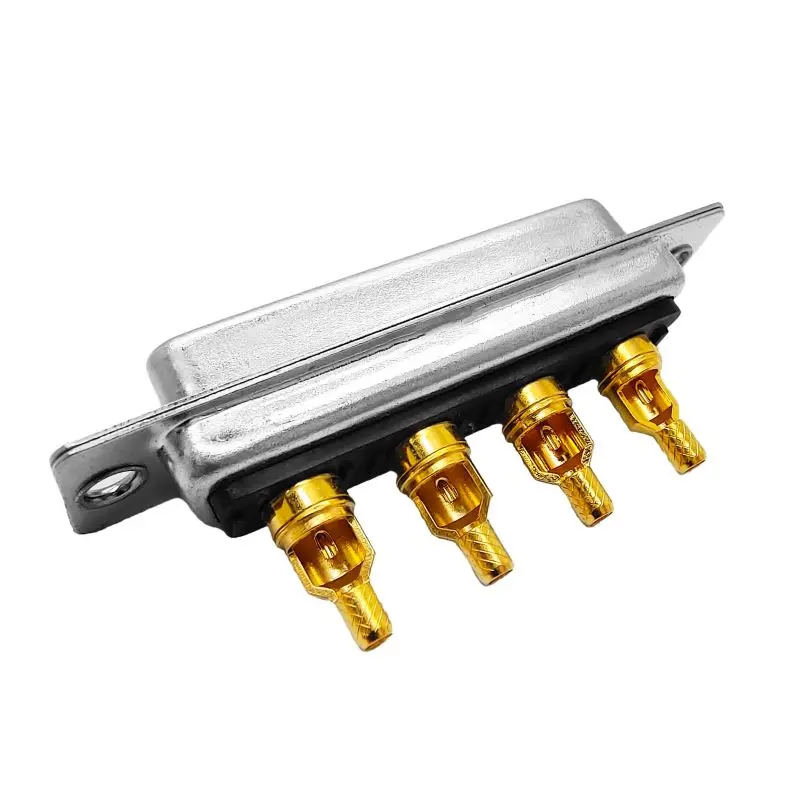D Sub 5W1 Coaxial D Connector
D Sub 5W1 Coaxial D Connector from SIGNALORIGIN is mixed signal, power, coax, high voltage contacts in a single connector. 5w1, which means there is 5 contacts where 1 of them is coaxial contact, 4 signals and 1coaxial. The high freqency contact current rating of coaxial contacts is 50 or 75 ohm.
Send Inquiry
Product Introduction of the D Sub 5W1 Coaxial D Connector
d sub 5w1 coaxial type d connector for sale. This coaxial connector is high reliability D sub with the ability to mix signal, power, coax, high voltage contacts in a single connector. Designed for board to board, cable to cable or board and panel to cable or board applications, options include blind mate and sequential mating.
Product Parameter (Specification) of the D Sub 5W1 Coaxial D Connector
|
Material |
Insulator material |
PBT+30% G.F (UL94V-O) |
|
Insulator color |
Black/Blue (can be customized) |
|
|
Contacts material |
Copper alloy |
|
|
Contact plating |
Gold plated ,1U”~30U" |
|
|
Shell material |
Steel/SPCC-SD, nickel or tin plated |
|
|
Electrical |
Dielectric rating |
300V AC |
|
High frequency contacts current rating |
50 or 75 ohm |
|
|
Contact resistance |
2.7mΩ Max |
|
|
Insulation resistance |
2000MΩ Min at 500V DC |
|
|
Mechanical |
Dielectric withstanding voltage |
1000V AC rms at 1 minute |
|
Insertion force |
¢1.0 :3.4 N /Pin(MAX) ¢3.6:12 N /Pin(MAX) |
|
|
Extraction force |
¢1.0:0.3N /Pin MIN ¢3.6:2 N /Pin MIN |
|
|
Durability |
500 cycles |
|
|
Operating temperature |
-55°C ~125°C |
Product Feature of the D Sub 5W1 Coaxial D Connector
Signal Origin adopts the highest quality parts and plating thickness, which aim to ensure the D-Sub connectors quality.
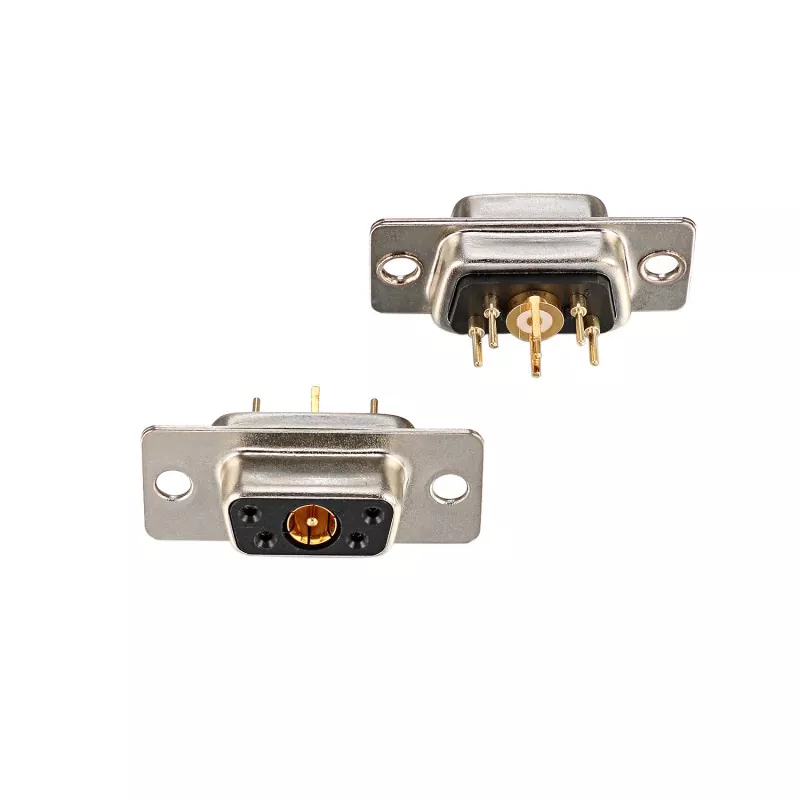
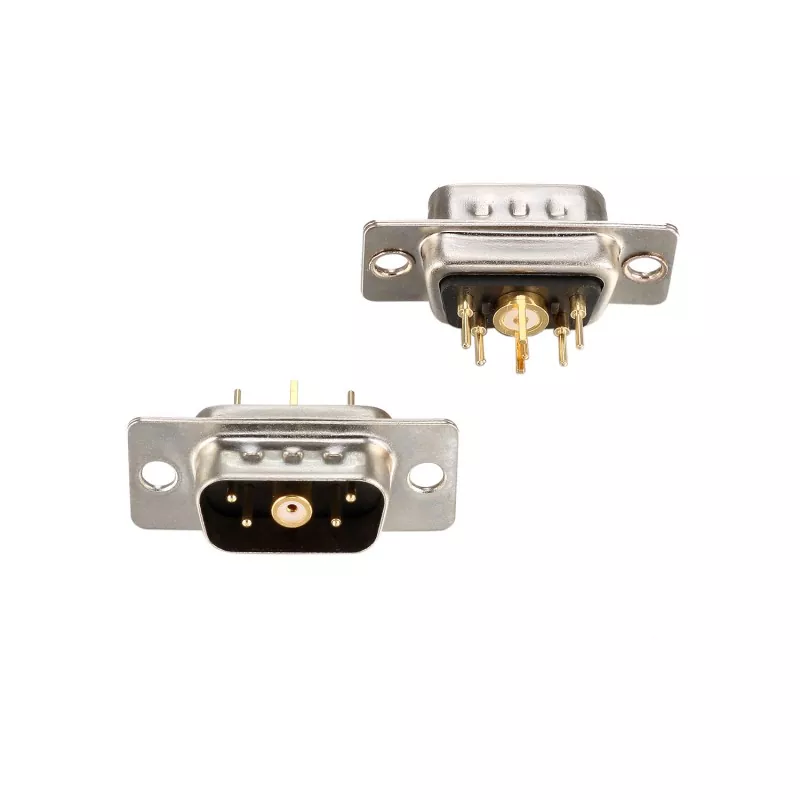
Product Details of the D Sub 5W1 Coaxial D Connector
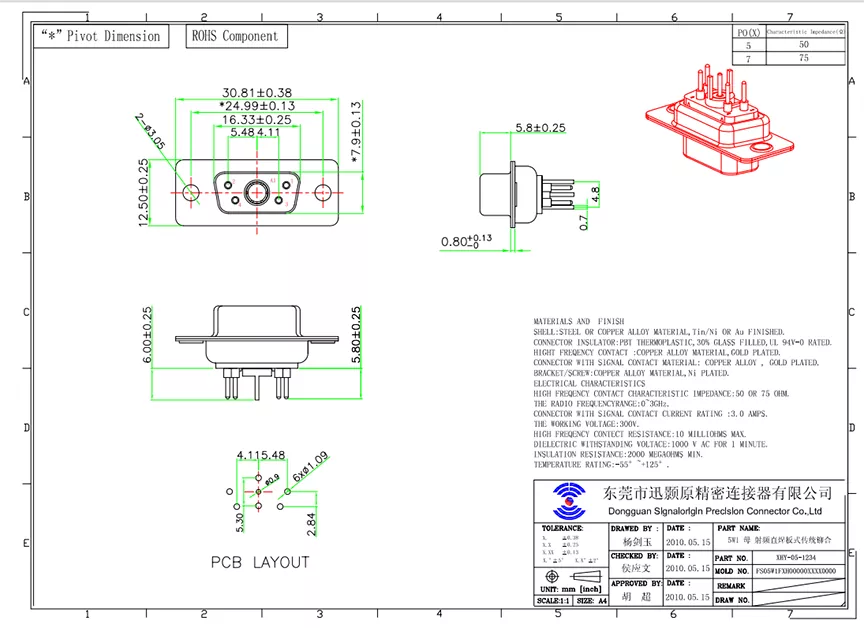
Scope of use
Robotics & Automation、Machine Manufacturing、Agriculture
Communication、Military、Medical、Transportation、Harsh Environment

Production equipment
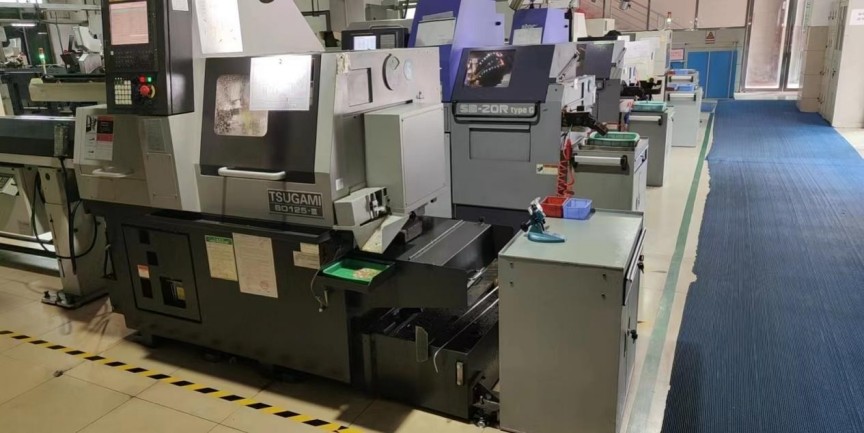
FAQ
1) .Is D-sub the same as DVI?
PC input generally involves one of the following five interface types: D-Sub for analog connections; DVI-D for digital connections; DVI-I, which is compatible with both analog and digital connections; and HDMI and DisplayPort, representing the new generation of interfaces for digital connections.
2) .What is the history of D-sub connector?
D-subminiature or D-sub connectors were introduced by Cannon in 1952. They were ubiquitous in computer applications from the 1960s to the early 21st century and are still in widespread use in industrial applications. Many data communication standards specify D-sub connectors.
3) .What is the difference between resistance and contact resistance?
Compared with the resistance inside the conductor, the contact resistance is not only higher in magnitude, but also has different properties. For example, under ideal conditions, the resistance inside a conductor is constant, when the voltage decreases, the current also decreases proportionally.
4) .Are there any special considerations for soldering D-sub connectors?
When soldering D-sub connectors, there are a few considerations to keep in mind. First, ensure that you have the correct pin assignment and orientation before soldering. Double-check the wiring diagram or pinout information to ensure accurate connections. Additionally, it is essential to use the correct tools and techniques for soldering, including a temperature-controlled soldering iron and the appropriate solder. Avoid applying excessive heat for extended periods to prevent damage to the connector or nearby components. Lastly, it's important to follow proper safety precautions and work in a well-ventilated area to avoid inhaling fumes from the soldering process.
5) .How about your production capacity?
Fully automatic production can meet your requirements.





























